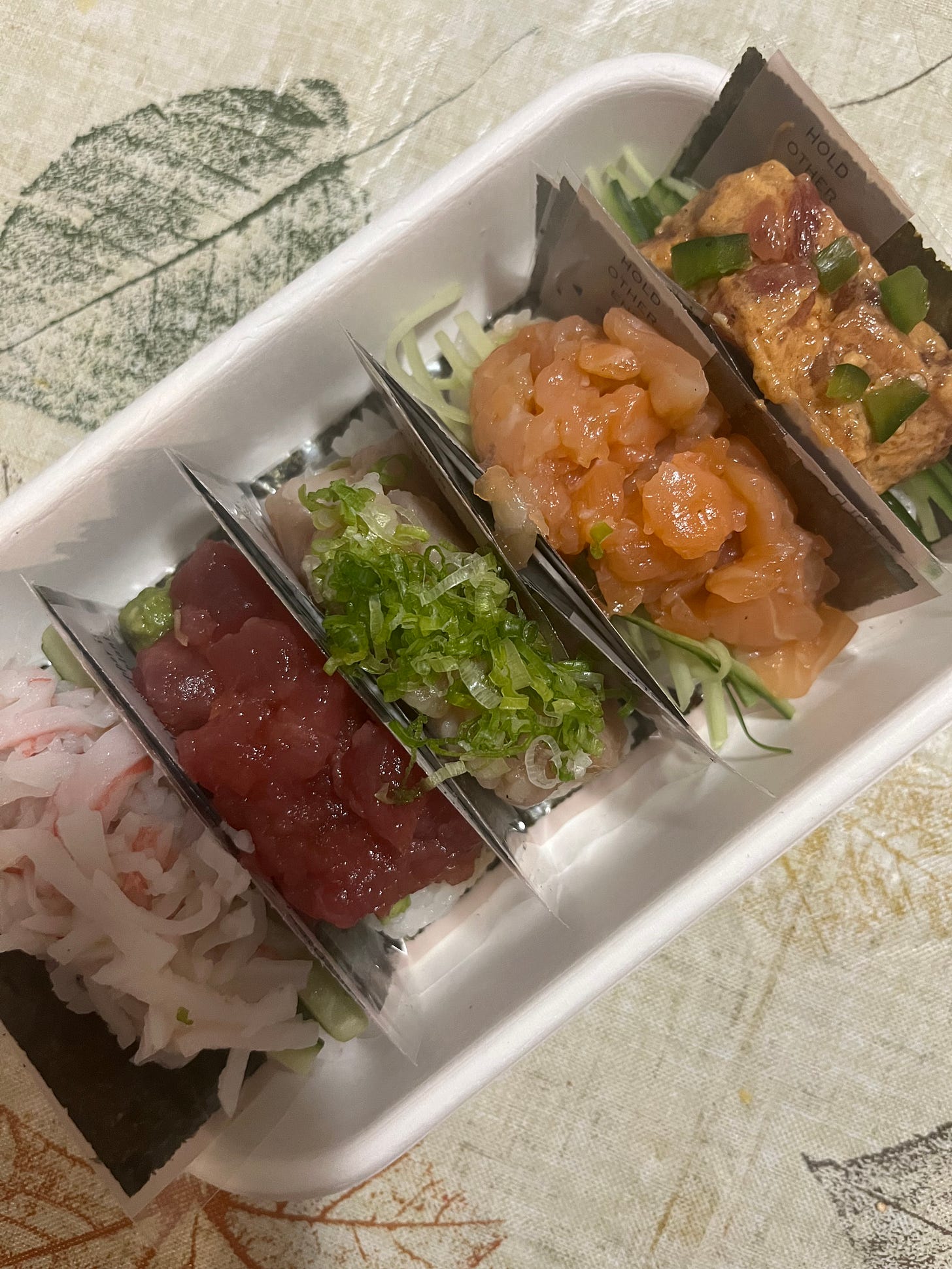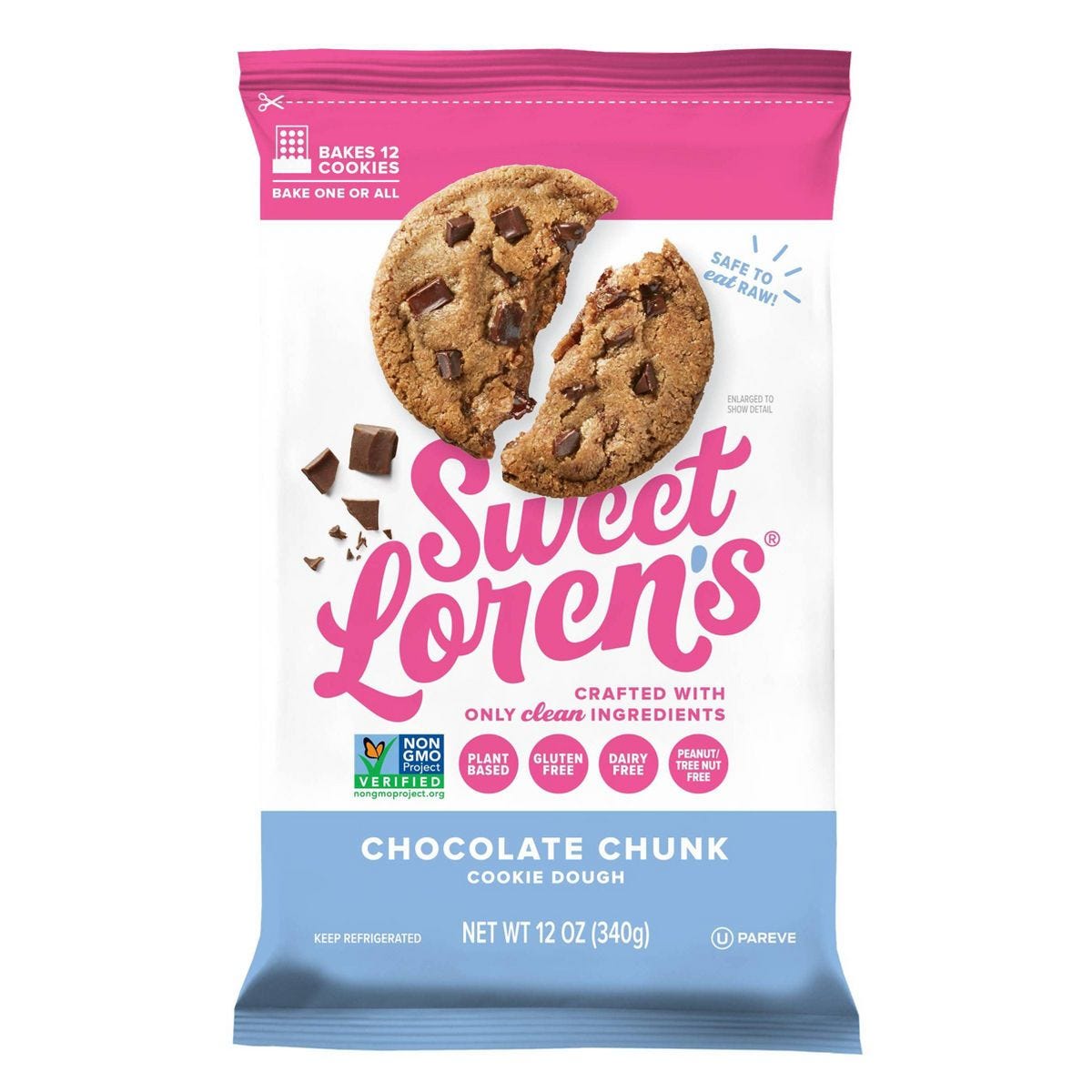A Gluten 101 Guide
How much do you really know about it?
In addition to not knowing much about celiac disease when I was first diagnosed, I’ll admit I also didn’t really understand what gluten was and what a gluten-free diet (the only current “treatment” for celiac disease) entailed.
As a reminder, celiac disease is an autoimmune condition that causes your body to launch an immune response whenever you eat gluten, which damages your villi (the cells that line your small intestine). That's why you have to avoid gluten when you have this condition.
I was lucky enough to meet with a dietitian early on in my diagnosis (virtually since I was diagnosed in March 2020 when the world was shut down) to learn the basics about gluten.
Still, my first few months of navigating a gluten-free diet were difficult as I tried to decipher food labels and figure out what was safe for me to eat—all while trying to steer clear of spending too much time in the grocery store during a global pandemic.
Now, almost four years into living with celiac disease, I consider myself pretty well-versed in all things gluten and gluten-free.
I put together this beginner’s guide to help anyone else struggling with navigating the gluten-free lifestyle and those just curious about whether it’s worth cutting gluten out of your diet even if you don’t have celiac disease.
What is gluten?
Gluten is a protein found naturally in wheat, barley, and rye. Sometimes, it can also be found in oats if the oats are grown next to wheat, barley, or rye. (Oats on their own don’t contain gluten.)
While gluten naturally occurs in wheat, barley, and rye, it can also be added to foods and other products to improve the taste and texture as well as boost protein.
As I reported in a previous article, gluten helps provide structure to baked goods and acts like “glue” to help hold processed food together.
What foods is gluten in?
Any food made with wheat, barley, or rye has gluten in it. Wheat, of course, is commonly found in bread, pasta, cereal, and baked goods such as cake and cookies. Wheat varieties include durum, spelt, kamut, einkorn, and emmer, so watch out for these ingredients when reading food labels.
Barley, meanwhile, is commonly used to make beer, and it’s also often found in malt (malt flavoring, malt syrup, malt vinegar, etc.). Finally, rye is commonly found in rye bread, rye beer, and cereal.
While these are all pretty obvious, there are also some surprising sources of wheat, barley, and rye. Things like soy sauce, licorice, imitation crab meat, and gravy all typically contain one of these ingredients. That’s why reading food labels is super-important if you have celiac disease.
When it comes to items with oats, like oatmeal, granola, or oat milk, you need to make sure the label specifies that the oats are certified gluten-free. If the oats aren’t labeled gluten-free, then there’s a chance they could have gluten in them due to how they’ve been grown, harvested, and processed.

Is gluten bad for you?
The gluten-free diet has become quite trendy outside the celiac community, with many people claiming gluten is unhealthy and that they feel better when they don’t eat it.
However, “gluten isn’t inherently bad for most people,” writes Selvi Rajagopal, MD, for Johns Hopkins Medicine. “We, as humans, have consumed gluten for as long as people have been making bread. For centuries, foods with gluten have been providing people with protein, soluble fiber, and nutrients.”
If you cut out gluten—and you don’t have a medical reason such as celiac disease to do so—then you might miss out on nutritious whole grains and important nutrients like fiber, notes Rajagopal.
Who should be on a gluten-free diet?
Not everyone needs to be on a gluten-free diet. As you now know, there’s nothing inherently wrong with gluten.
Those who should be gluten-free include individuals with gluten-related disorders: namely, celiac disease and non-celiac gluten sensitivity. People with wheat allergy, meanwhile, should avoid wheat.
Other conditions that may benefit from going gluten-free include Hashimoto’s disease and eosinophilic esophagitis (EoE).
Obviously, it’s always best to work with your medical team to determine whether a gluten-free diet is right for you.
What does a gluten-free diet look like?
A lot of foods are naturally gluten-free. These include:
Fruits and vegetables
Meats and poultry
Fish and seafood
Milk, butter, and cheese
Beans, legumes, and nuts
Additionally, here are some grains, legumes, seeds, and starches that are naturally gluten-free:
Rice
Corn
Potato
Quinoa
Millet
Buckwheat
Sorghum
Tapioca
Cassava
Soy
Flax
Chia
Yucca
Nut flours (such as almond)
Teff
Amaranth
Arrowroot
Gluten-free oats
As for packaged foods, there are plenty of gluten-free alternatives for things like bread, crackers, cereal, pasta, and cookies that you can find in the supermarket. There are also gluten-free flour and flour blends so you can make any of these items yourself too.
Many of these packaged foods will be labeled gluten-free, but not all of them will—so it’s important to get good at reading labels to determine whether there’s hidden gluten in a product. Beyond Celiac offers a step-by-step guide to reading gluten-free labels.
Have any questions about gluten you want me to cover in a future newsletter? Leave a comment and let me know!
Products I’m loving right now
Every newsletter, I’ll share (at least) three products that are currently part of my celiac self-care routine, from food to beauty to wellness. I love chocolate chip cookies (especially during the holiday season), but I hate the effort it takes to make them from scratch. So this week, I’m sharing my favorite premade gluten-free chocolate chip cookie doughs that take the work out of baking.
Sweet Loren’s Chocolate Chunk Cookie Dough: This pre-cut gluten-free and vegan dough satisfies my chocolate chip cookie cravings with minimal effort. I just pop the cookie dough onto a baking sheet and bake for about 13 minutes at 325 degrees. The brand offers other flavors like sugar cookie and and fudgy brownie, too.
Cappello’s Chocolate Chip Cookie Dough: I always get compliments when I make these chocolate chip cookies, which come in a log that you cut into slices before baking. They’re made from almond flour, sweetened with organic maple syrup, and finished with a sprinkle of coarse sea salt for a grownup version of a childhood classic.
Immaculate Gluten-Free Chocolate Chunk Cookie Dough: This is another solid option for gluten-free chocolate chip cookies. The dough is both gluten- and dairy-free but you’d never know it. I enjoy them best when they’re warm and fresh from the oven.
Disclaimer: If you click on a link, I may get a small commission. This helps support this newsletter so I can keep writing it.




Such a great primer, Christina!
Love this!